Using human-centered solutions to optimize and modernize the child care application process
By the Numbers
children under 13 from roughly 900,000 working families with low income are served by the Child Care and Development Fund (CCDF) each month Source
is the average current wait time families experience during the application process. The Guide to Creating a Family Friendly Child Care Assistance Application aims to reduce this waiting period Source: USDS research
showed interest in implementing the updates to their CCDF applications after presenting the guide at the State and Territory Administrators Meeting Source: USDS research
after the Biden-Harris Administration signed the Executive Order on Improving Customer Experience and Service Delivery for the American People, the Guide to Creating a Family Friendly Child Care Assistance Application was released Source
Background
The Child Care and Development Fund (CCDF) is administered by the Office of Child Care (OCC) and provides funding and support to state, territory, and tribal governments to enable families with low-incomes to work or pursue education and training so that they can better support their families, while at the same time promoting the learning and development of their children. The CCDF program also provides funding to enhance the quality of child care for all children. The OCC is part of the Department of Health and Human Services Administration for Children and Families (ACF).
![]()
Each state, territory, or tribal nation administers the program for its residents, which includes:
- Creating an application for child care assistance
- Collecting and processing applications
- Determining eligibility requirements for child care assistance
- Sending payments to child care providers
Each locality approaches the process differently. For the families with low-income seeking support, the process can be burdensome and can place barriers between them and the assistance they need. For example, some states require an in-person interview or an original, hard-copy birth certificate as part of the eligibility process. These requirements make it difficult for busy, resource-strapped families to apply, qualify, and get assistance quickly.
The Challenge
About one million American families receive child care assistance from the federal government each month, but a lengthy and burdensome application process can deter families from applying for this critical assistance and delays can mean lost employment, education, and training opportunities.
Making the application process simpler for families and easier for state, territory, and tribal nation staff to administer will help more families receive timely child care assistance, improve family economic well-being, and strengthen communities across the country. The transformation and modernization of applications for this critical public-facing service is needed.
The U.S. Digital Service (USDS) and ACF partnered to tackle this challenge.
During the early stages of the project, it became apparent there were two significant challenges:
- The difficulty families face navigating the application process
- The difficulty that staff working in states, territories, or tribal nations have when approving and processing applications
The Solution
Effective design is design that caters to all individuals. Therefore, the USDS team prioritized research to ensure that both users and staff managing the guide felt informed, empowered, prepared, and in control prior to implementation.
Research
With the challenges in mind, USDS began conducting research and discovered a strong appetite for improvement from state administrators who wanted to make applications process easier but needed clarification on what was allowed under the federal program.
I can’t think of one state call we had where it wasn’t clear they were so dedicated to the families. Everyone wanted this to be a better process. There was no convincing involved. It was just a matter of feasibility.
USDS Designer and Researcher Allison Abbott recalls that state staff felt passionate about providing people with an optimized, streamlined process but needed more bandwidth and headcount to step back and reimagine the applicant’s experience.
“What struck me was how much states deeply wanted to make an easier experience for families to access and apply for many reasons: from generous, good hearts to cost-saving measures,” Abbott said.
USDS saw an opportunity to make an impact at the federal level. They would take on some of that burden and create a template and guide that establishes a flywheel that states could run with without impacting their level of service. This was the birth of the Guide to Creating a Family Friendly Child Care Assistance Application.
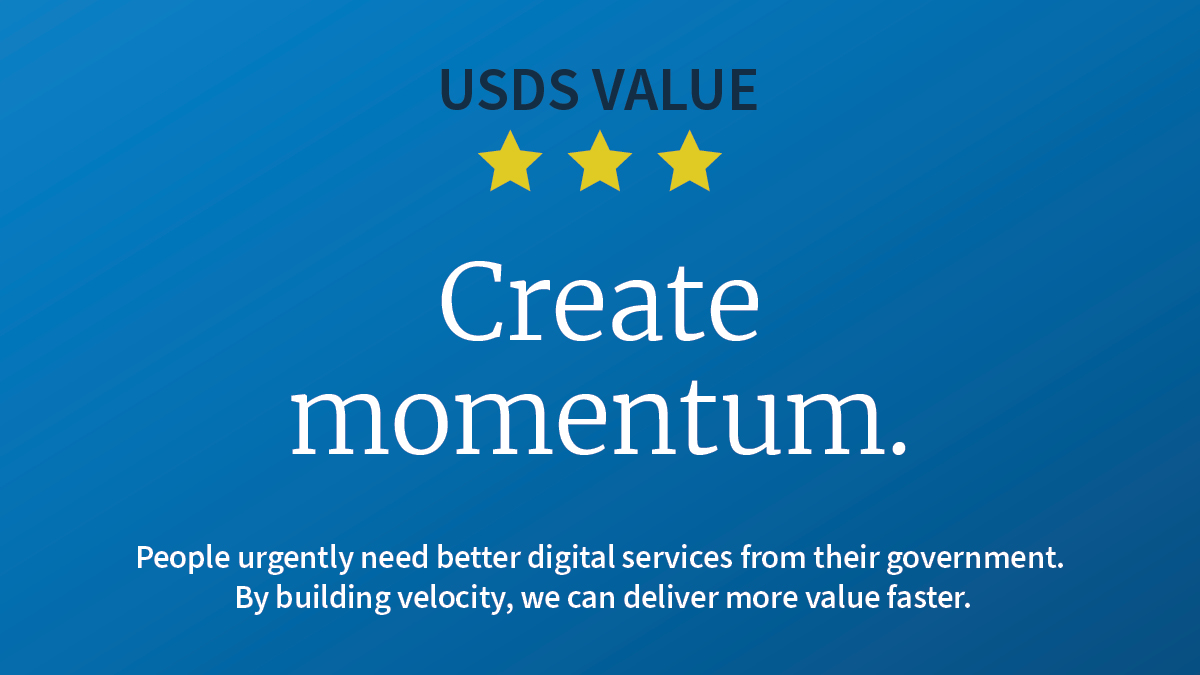
At the federal level, there was an opportunity to create momentum with a guide that states could run with, to help address broken application processes they’ve wanted to fix but didn’t have the resources to do so.
Execution
USDS partnered with ACF’s policy and subject matter experts to create a Model Child Care Assistance Application and eligibility verification practices that met federal guidelines and demonstrated the “art of what’s possible.” But what steps did they take to get there? Let’s break them down.
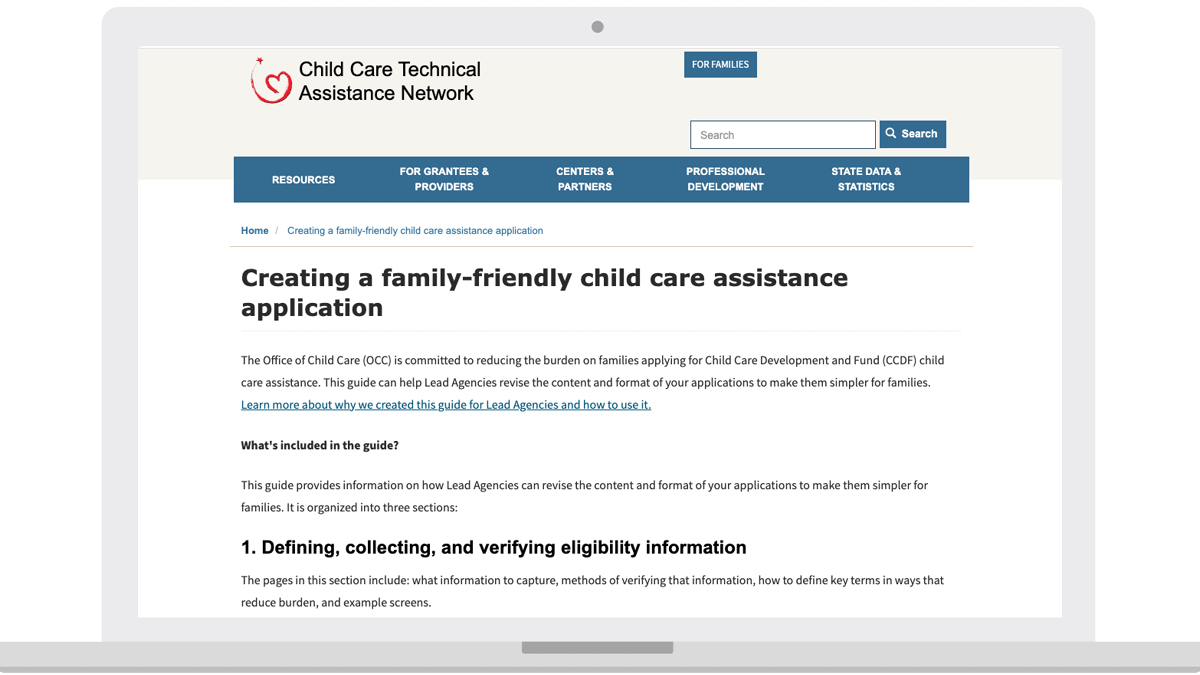 The guide helps lead agencies revise the content and format of applications
The guide helps lead agencies revise the content and format of applications
We talked to the actual users of this Guide. They were the humans that would read this guide, use this guide, and implement the recommendations from this guide.
When developing the guide, USDS Designer and Researcher Coulton Bunney shared that the team brought a human-centered approach to the work in many ways. He highlighted three ways that, together, helped the team produce a practical guide:
- Interviewed staff at state lead agencies
- Conducted user research with families who have applied for this benefit recently and gathered feedback and stories from their experiences
- Used plain language principles in both the applicant- and the state-facing deliverables
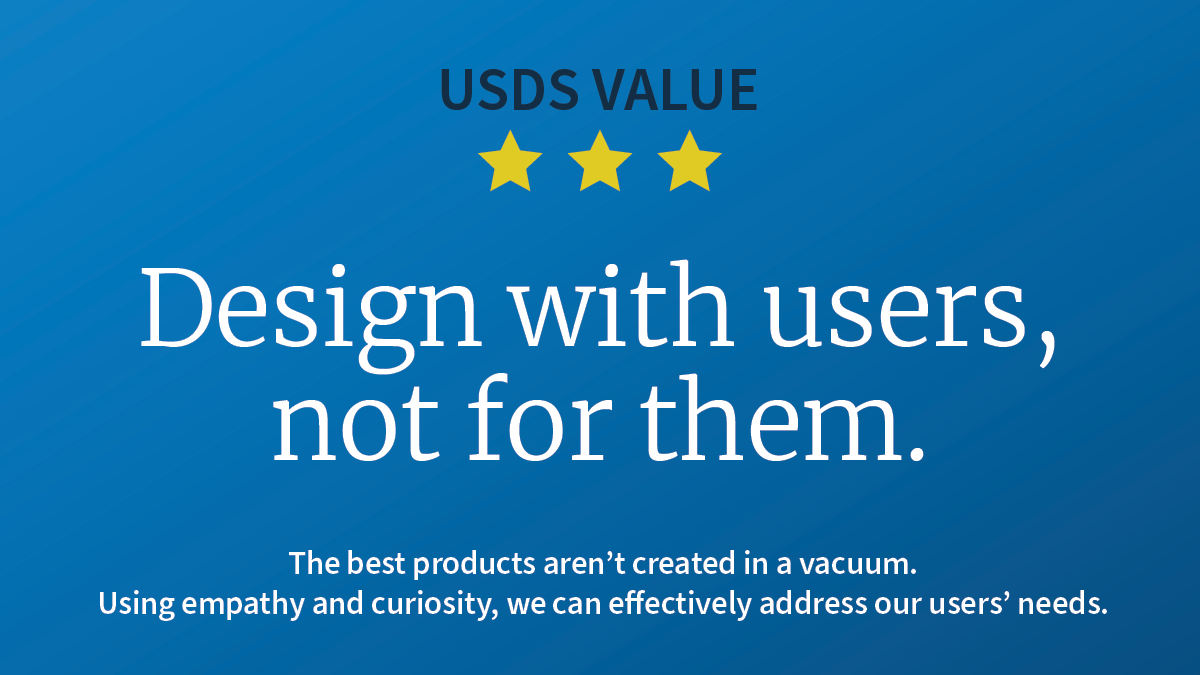
Bunney and Abbott also shared that the design of the guide required a multi-layered approach: Designing for the families and the state administrators.
Abbott said, “As a user researcher, working directly with families will always be the foundation upon which we design and deliver services. It’s the status quo.” She continued that while you practice human-centered design, you must build on that foundation and then consider the next layer—the people delivering the service to families and how to design for them, too.
Bunney and Abbott agreed that the end user is essential, but designing for the front-line people is important, too, because they are the ones responsible for enrolling families into the subsidy program.
 A closer look at design best practices to create an online application
A closer look at design best practices to create an online application
Insights
One notable discovery was that the language in each state’s application process varied significantly due to the statute allowing states significant flexibility in how they design their applications. As a result, during the creation of the guide, states expressed a lot of interest in learning both the federal government’s interpretation of the language and what other states were already doing.
USDS increased transparency by highlighting some of the least burdensome ways states ask applicants for information. Doing this resulted in states being able to point to the federal government’s and other states’ language to show what is already allowed under federal law and in use today.
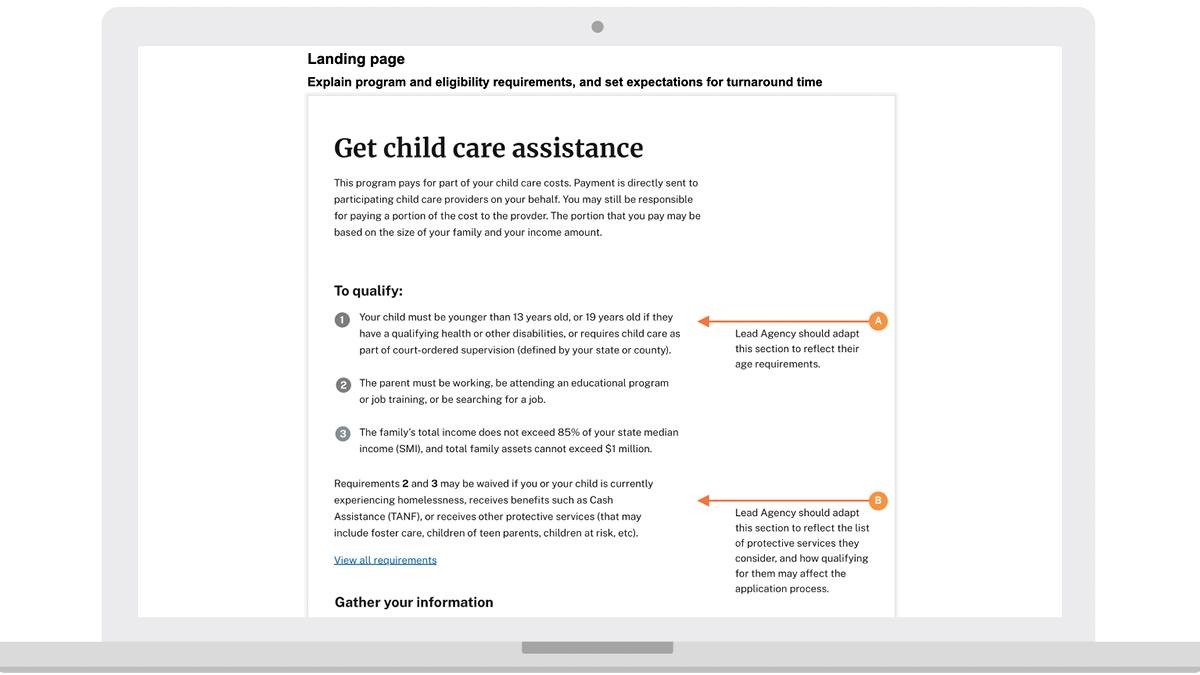 An outline of the principles used to design the child care assistance model application
An outline of the principles used to design the child care assistance model application
The Impact
This digital resource will improve the experience of the application process for families and the state staff members. While ultimately, it is up to each state, territory, or tribal nation to adopt the recommendations in the guide, USDS is optimistic this will be a valuable resource for states. Further, they hope states, territories, and tribal nations will implement the actionable steps outlined in the guide to reduce the burden for families because it was built on a solid foundation of user research.
The guide and sample application received an overwhelmingly positive reception during the preview with state leaders. Some state leaders even expressed their excitement about how well they turned out.
Additionally, state child care offices are expressing interest in this work. And some states are expanding support resources to help put these practices to work and improve efforts to reduce the burden on working families.
Press
More projects
-
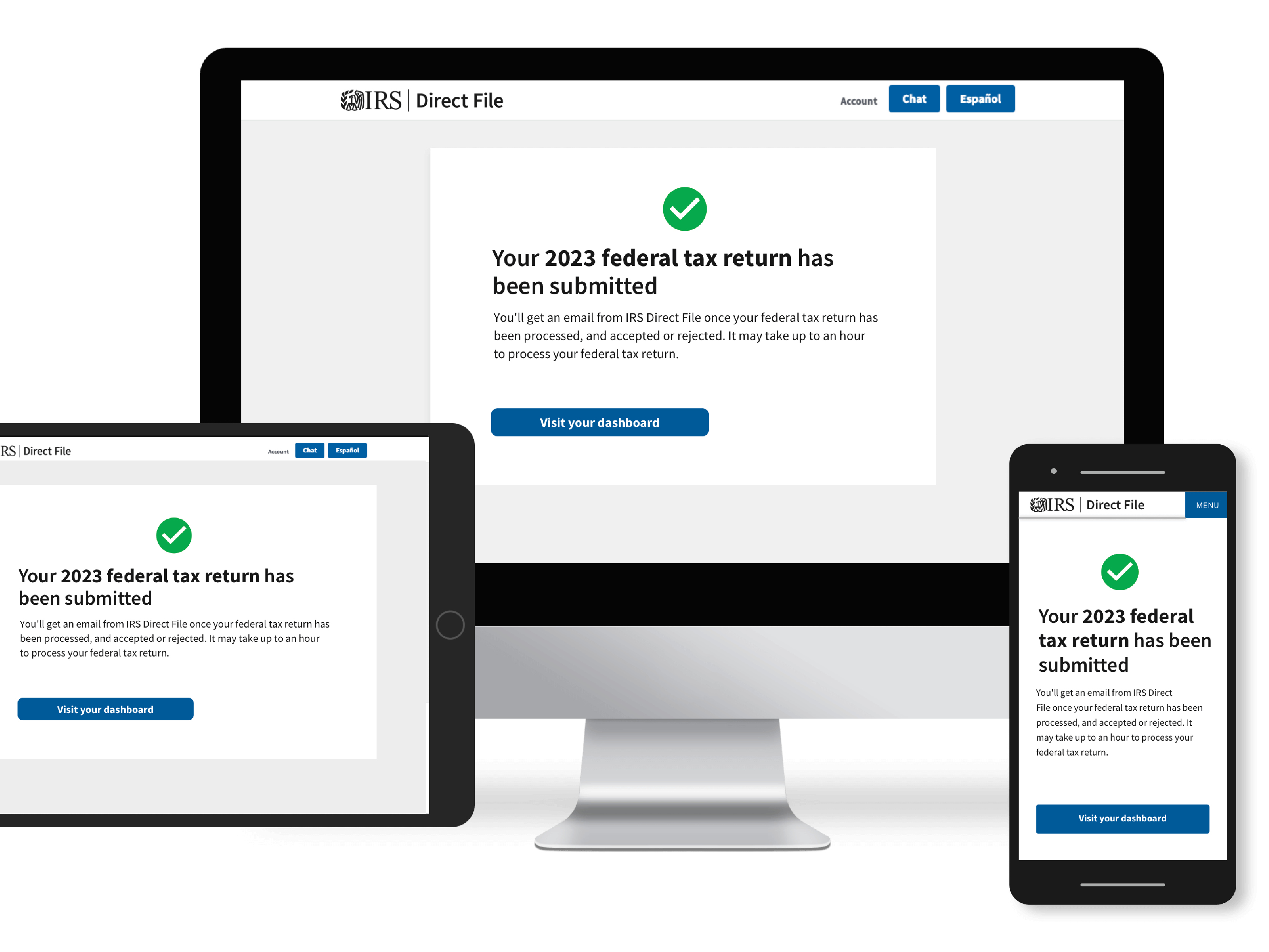 Internal Revenue Service
Internal Revenue ServiceFiling taxes for free with IRS’ Direct File
USDS partnered with the IRS to deliver the IRS Direct File Pilot, a free way for eligible people to file their taxes for free, directly with the IRS.
-
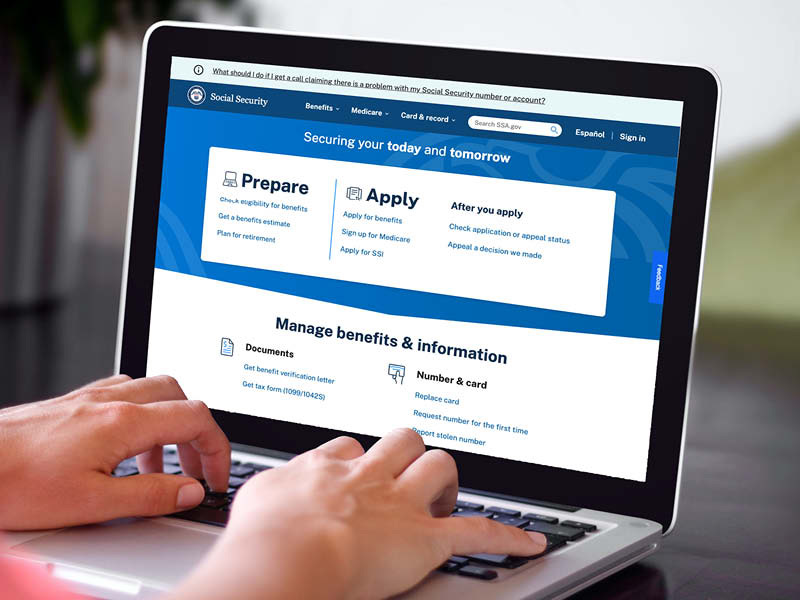 Social Security Administration
Social Security AdministrationContinuously improving SSA.gov
The Social Security Administration is building on the momentum from their partnership with the U.S. Digital Service by implementing iterative research, best practices, and a data-informed approach to ensure the website is usable and useful.
-
 Centers for Disease Control and Prevention
Centers for Disease Control and PreventionPreparing for the next pandemic while building tech for COVID-19
We worked with the Centers for Disease Control and Prevention to quickly create and scale technology programs that digitize and share infectious disease test results in real-time.
-
 Health and Human Services
Health and Human ServicesModernizing the child care application process
USDS partnered with ACF’s policy and subject matter experts to create a Model Child Care Assistance Application and eligibility verification practices that met federal guidelines and demonstrated the “art of what’s possible.
-
 Cross-agency
Cross-agencyOptimizing benefits for families
Working alongside The Department of Treasury and the White House, we built ChildTaxCredit.gov to educate families about the expanded Earned Income Credit and Child Tax Credit. The USDS team relied on in-depth research to create a site that is accessible, easy-to-read, and provides resources to find free tax services.
-
 Cross-agency
Cross-agencyChanging how the government hires technical talent
We helped develop a process that allows HR to leverage subject matter experts to evaluate candidates for specialized roles. The result restores fair and open access for all applicants, shortens the hiring timeline, and ensures applicants are truly qualified.
-
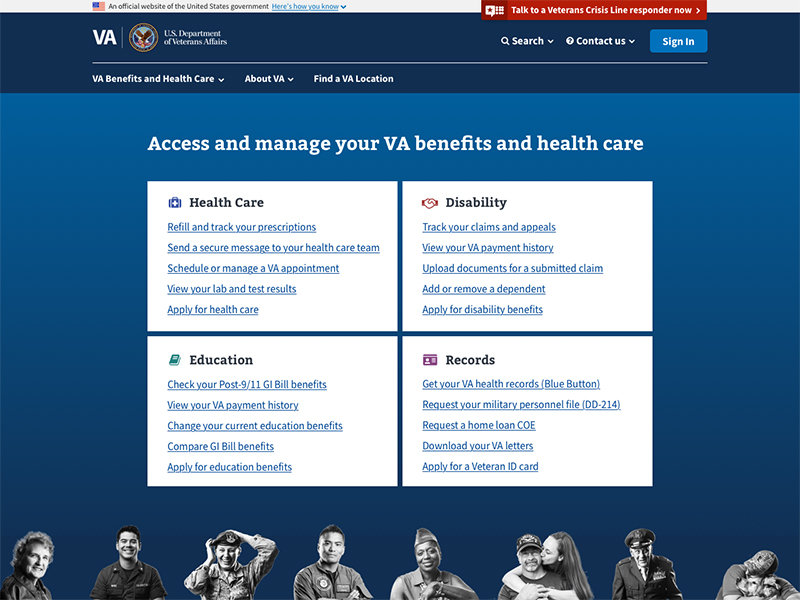 Veterans Affairs
Veterans AffairsSimplifying Veteran‑facing services through VA.gov
Each month, over 10 million people attempt to access the digital tools and content at the Department of Veterans Affairs (VA) and have historically struggled to find what they’re looking for. Digital modernization efforts needed to focus on improving the user experience.


